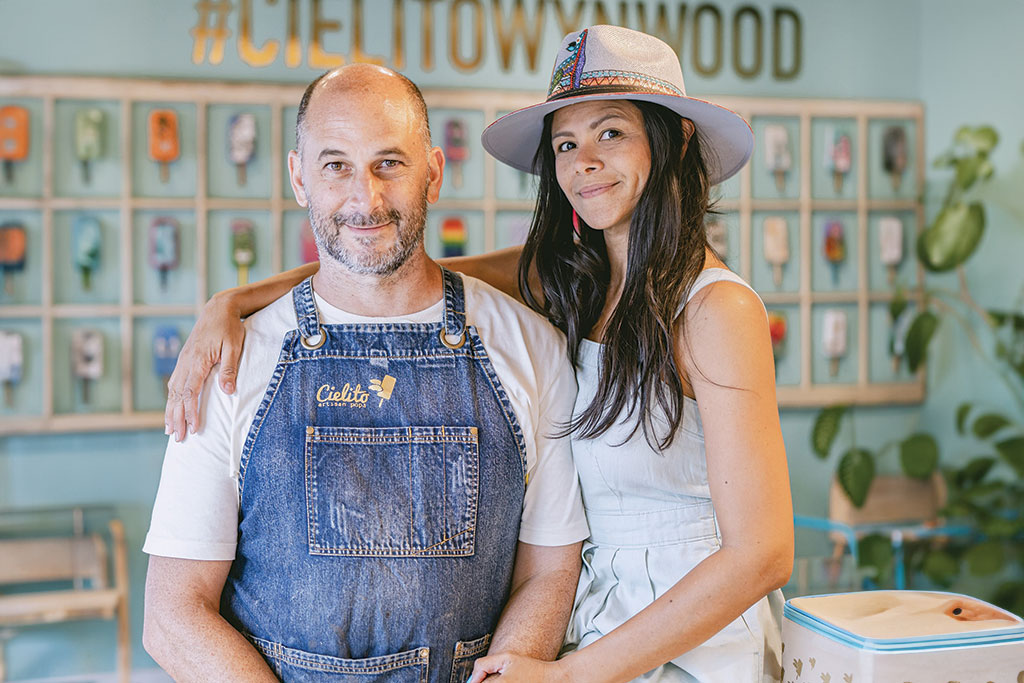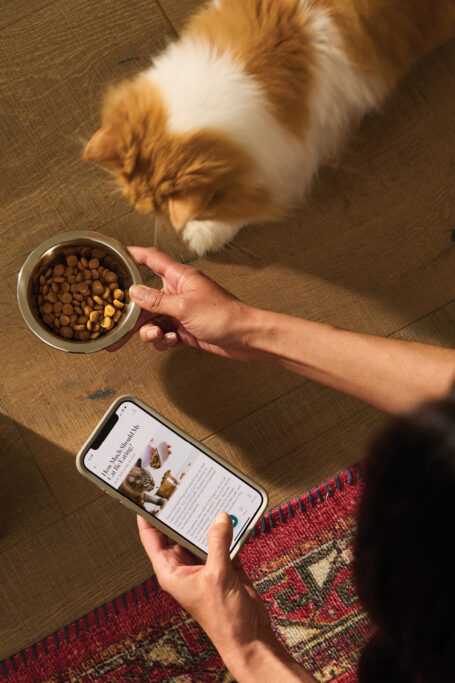Frozen Assets: Building an Ice-Cream Business
Interview with Cindy Posso
Photo courtesy of Cielito Artisan Pops
Sindy Posso, co-owner of Cielito Artisan Pops in South Florida, shares how she and her husband overcame serious challenges to launch their enterprise, why their products stand out in a crowded industry, and the importance of taking calculated steps on the path to growth.

Tell us about yourself and your business:
I am from Colombia, where I was an architect, but I’ve been living in Miami for twenty years. My husband, Ivan, and I have three kids. When I became a mom, I began living a healthier lifestyle, which inspired me to start a healthy frozen-treat business.
My maternal grandmother would make cakes and ice cream back in Colombia, and I had her old recipes to work from. I decided to put my own twist on all-natural pops by making them pretty and using only the best ingredients, such as fresh fruits and hormone-free dairy, meaning you’re eating real food and getting the most delicious flavors. The greenery and flair within our four shops also reflect who I am and the fresh food we make.
Starting a business can be challenging. Was it for you?
Oh my God, yes! We opened our first store in the Wynwood neighborhood in 2017, and Hurricane Irma hit a few days later. We went four days without electricity, and our first-ever production line completely melted. It was horrible. At first, I thought, “This is it; we’re done.” But when something like that happens, you actually get stronger. We just started over and kept going.
Then in July 2020, we opened our second location, in Boca Raton—right in the middle of the COVID outbreak. It was crazy because, once again, we didn’t know what was going to happen to our business. But, as it turned out, people wanted to get out of the house and have some fun, so they came to buy pops.

Did either of you have any business experience before opening that first store?
Not really. Ivan’s family owned a small store in Argentina, which gave him sales and management experience but nothing related to food. We had to figure out things as we went along, such as whether we wanted to purchase or rent a building and what we would charge for our products. In all, we spent almost two years researching and creating our business plan.
How did you select your locations?
The spaces needed to be visually attractive to satisfy my artistic instincts and our business’s overall brand look. For each one, we’d visit many different places, and I’d reject them simply because they didn’t appeal to me. They just had to feelright.
And it wasn’t only me! For instance, when we were seeking a Boca location, my paternal grandmother was living with us; she was eighty-nine at the time. We’d take her along to look at properties, and she’d say things like “This place is horrible” and “Not this building.” But she and I were both instantly amazed by how welcoming one in particular was. She stated, “This is it—you need to open here.” To this day, I tell her, “This store is open because of you.”

Would you share your approach to pricing?
We’re a small family business and keep our prices as low as possible. One way we do this is by purchasing ingredients as demand dictates rather than going crazy buying a ton at once. That said, we are happy to pay for the best ingredients. As an example, even though homegrown fruit is more expensive than bulk or frozen, we buy it locally.
It’s not that we don’t care about making money because this is our livelihood. At the end of the day, though, charging one dollar more or less per pop isn’t as important as maintaining our reputation for making great products.
You offer dozens of flavors and rotate some seasonally. How do you decide which stay and go?
We keep our offerings between around forty and forty-five to guarantee that everyone will find flavors they love. If we add one, we remove something else for space, as much as it pains me—thankfully, our customers ultimately decide which go, not me. However, if a flavor doesn’t sell well but is beautiful, I’ll sometimes keep it in the display because it will guide people to seek what they want.
Do you have a lot of competition? What makes your products stand out from theirs?
There is definitely a lot of competition in Miami: new concepts pop up constantly, and well-established national brands want to succeed here. We try to stand out by connecting with our community and offering uncompromising quality. For instance, we make our ice-cream base from scratch using my grandmother’s recipe, which has only four ingredients, and pasteurize our products in-house, giving them a fresh-out-of-the-oven taste. As soon as you bite into one of our pops, you know it’s made with fresh ingredients.
Plus, it’s very important to me that our products look like little works of art, so we spend hours training our team to make the drizzle perfect and add just the right amount of toppings. Ultimately, competition pushes us to continually try to get better.

How have you grown Cielito Artisan Pops in recent years?
I’m very happy with our recent expansions. A few years ago, we started selling our pops in about a dozen area hotels and restaurants. And our kitchen in the original Wynwood store was tiny: only 300 square feet. We were there for seven years before building a 2,800-square-foot facility with a walk-in freezer in 2024. We just moved in and started production there at the start of the year.
This was a huge step for Cielito; I’m so proud that Ivan and I planned and saved smartly, waiting until our business was very stable before we made the investment. Now we can get even more creative with flavors, produce more pops, and do it all quicker, which brings in more customers. The opportunities are endless.
For more info, visit cielitoartisanpops.com


















